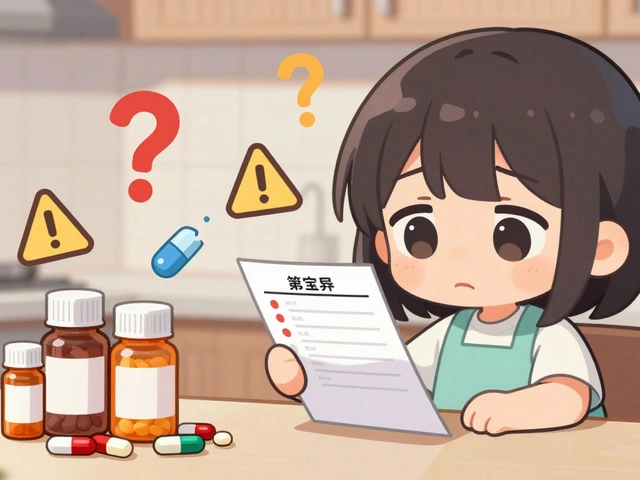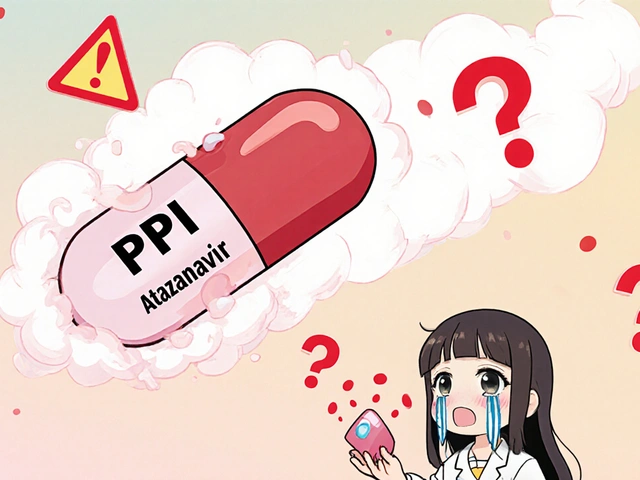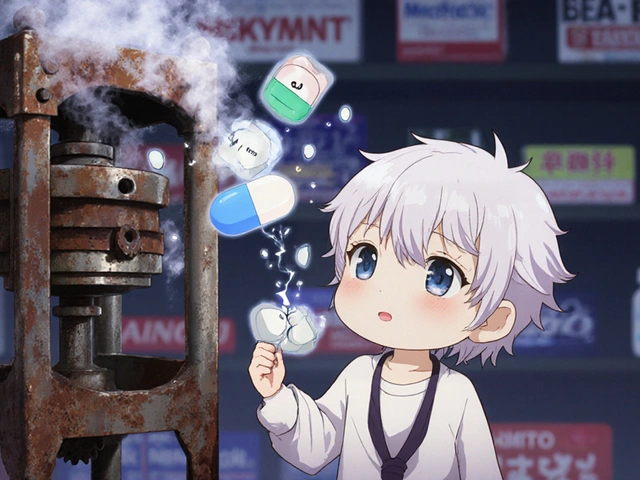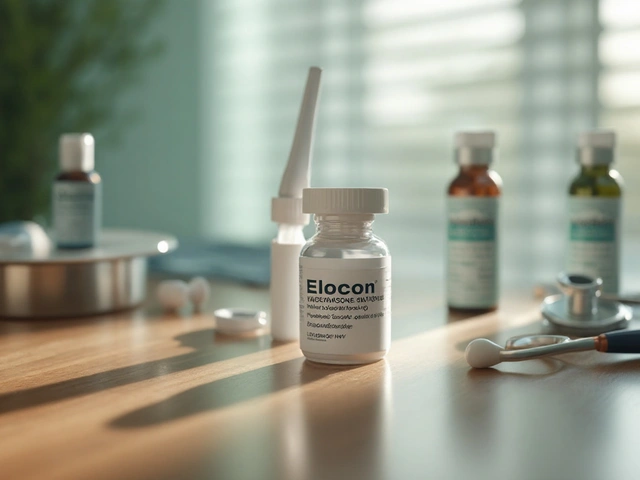Do Not Substitute: Why Changing Medications Can Be Dangerous
When you see do not substitute, a clear warning on a prescription that means the pharmacist must dispense the exact drug prescribed, not a generic or alternative. Also known as brand-only, it’s not just paperwork—it’s a safety rule. Many people assume generics are interchangeable with brand-name drugs, and in most cases, they are. But some medications aren’t like others. Even small differences in how they’re made, absorbed, or released can cause serious harm—especially with drugs that have a narrow therapeutic window, like blood thinners, seizure meds, or thyroid pills.
Take warfarin, a blood thinner used to prevent clots. Two different brands might both contain warfarin, but if your body absorbs one slightly faster than the other, your INR levels could spike or drop. That’s not a theory—it’s a documented cause of strokes and internal bleeding. The same goes for levothyroxine, the thyroid hormone replacement. Studies show patients switching between brands often need dose adjustments within weeks. Even antiepileptic drugs, like phenytoin or lamotrigine, can trigger seizures if switched without careful monitoring. These aren’t edge cases. They’re common enough that doctors and pharmacists are trained to flag them.
It’s not just about generics. Sometimes, a doctor writes a prescription for a specific drug because it’s the only one that works for your condition. For example, if you’re on ivabradine, a heart-rate-lowering drug for POTS, swapping it for a beta-blocker might sound logical—but it won’t give you the same effect. Or consider bromocriptine, used off-label for chronic fatigue. It’s not just a dopamine agonist—it’s a precise tool. Change it, and you might lose the benefit entirely.
And it’s not just the drug itself. The way it’s made matters. A nasal antihistamine spray, like Astepro, might seem easy to swap with another, but different formulations affect how the medicine sticks to your nasal lining. Same with eye drops like Ciloxan, ciprofloxacin hydrochloride. Even a tiny change in preservatives or pH can irritate your eye or reduce effectiveness.
When you’re told do not substitute, it’s not the pharmacy being difficult. It’s your doctor protecting you. These warnings show up on prescriptions because someone’s life depended on it. You might think you’re saving money or getting the same thing—but you’re risking your health. Always ask: Why was this exact drug chosen? Is there a reason I can’t switch? And if your pharmacist tries to swap it, push back. Your body doesn’t care if two pills look alike. It only cares if they work the same way—and sometimes, they don’t.
Below, you’ll find real cases where medication changes led to serious problems—and how to avoid them. From pediatric dosing errors to QT prolongation risks, these posts show why the right drug, at the right dose, matters more than you think.
When Doctors Say 'Do Not Substitute': Why Brand Drugs Are Sometimes Required

Doctors write 'Do Not Substitute' prescriptions when generics could be unsafe. Learn when brand drugs are medically necessary, why costs spike, and how to ask the right questions.
read more



